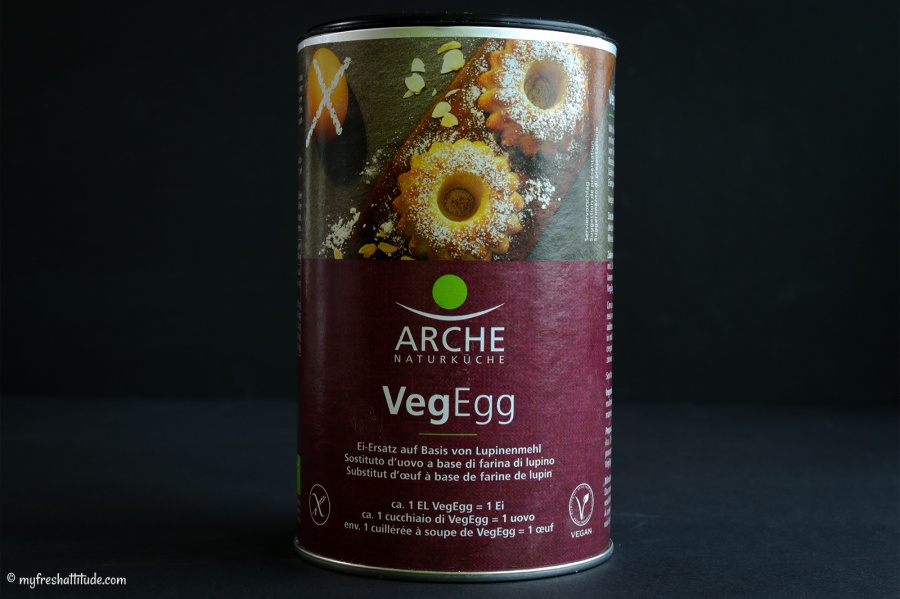
Egg Replacer
Egg replacers are useful in the plant-based kitchen to replace eggs in some recipes. I always want to clarify this claim, because eggs have many different functions in cooking: The protein-rich white can lend either dense structure or foamy lightness to baked goods, the yolk has fats and proteins that combine to create richness and solidity to cakes, custards, creams and sauces. A simple starch-based egg replacer cannot replace every function of an egg. But, egg replacers can be valuable in the plant-based kitchen
When shopping for an egg replacer, be sure to carefully read the ingredients. A good egg replacer will have a combination of starch (potato, tapioca and lupin are the popular ones), perhaps a small amount of baking powder and maybe even a pinch of turmeric to give the mix some color. Avoid egg replacers with too much salt or ingredients that seem more suitable in a laboratory.
Most egg replacers say about 1 tablespoon of dry egg replacer mixed with 1 or 2 tablespoons water will function like an egg or egg yolk. But, water and starch alone will not be enough in most cases, which is why I prefer a different method when baking. I combine 2 or 3 teaspoons of dry egg replacer with 100 ml aquafaba to create a more functional egg replacer. Here’s how I do it:
- Add the aquafaba to a clean bowl. Make sure your aquafaba is room temperature.
- Mix on low speed for about 30 seconds, increase the speed to high and whip for two minutes. The aquafaba should take on a light meringue-like consistency.
- Add the dry egg replacer and continue to mix for 30 seconds. This may deflate the aquafaba, but not a problem. You should end up with a mix approximating 2 whole eggs mixed in a bowl.
- Use 25 ml. aquafaba instead of the full amount if you are trying to replace an egg yolk.
Egg replacers are useful in plant-based baking…especially for those who are gluten-free.
Recipes with Egg Replacer
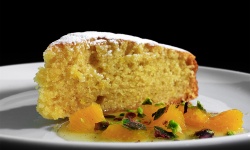
Pisciotta (Olive Oil Cake)
2 0
Vegan Ladyfingers
3 6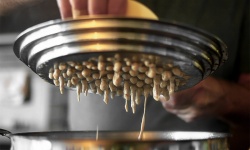
Spätzli
4 2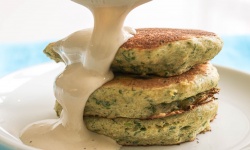
Chickpea Pancakes
4 2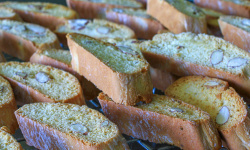
Orange and Almond Cantucci
6 4
Crespelle
2 0
Classic (Vegan) Blueberry Muffins
3 0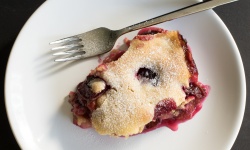
Plum Clafoutis
1 4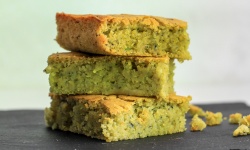
Avocado Cornbread
1 2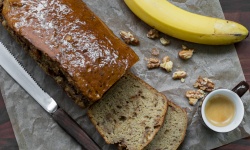
Banana-Walnut Bread
5 0
Dampfnudeln
1 0
Zaletti
2 2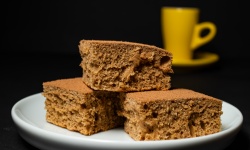
Gingerbread Cake
2 4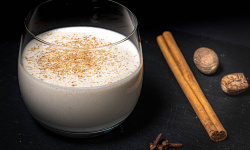
Holiday Veggnog
9 2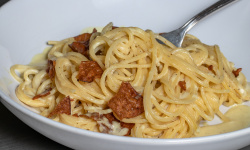
Spaghetti Carbonara
1 2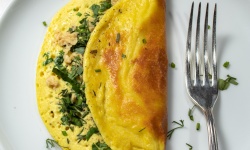
Swiss Omelette with Wild Garlic
6 0
Kohlrabi Schnitzel
2 1
Semmelknödel
0 0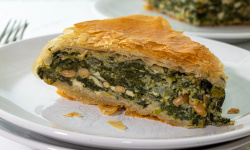
Spanakopita – A Vegan Version
3 0
Vegan Hazelnut Shortbread Sticks
0 0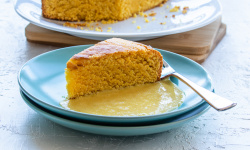
Crumbly Polenta Cake
1 0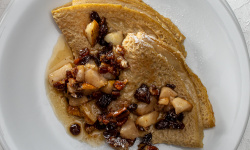
Buckwheat Galettes
1 0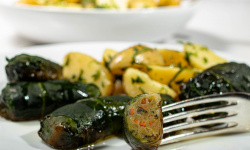
Swiss Capuns
2 0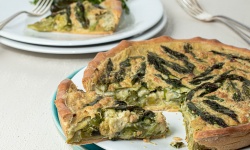
Asparagus and Leek Quiche
2 2
Vegan Blueberry Custard Tart
1 0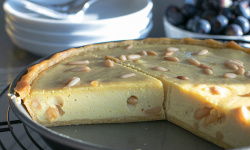
Ricotta and Pine Nut Tart
1 0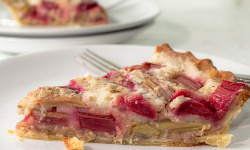
Rhubarb Custard Pie
1 0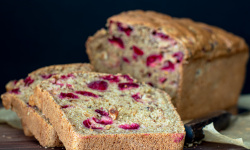
Cranberry-Walnut Bread
2 2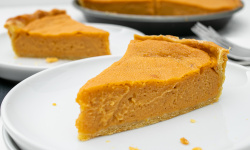
Sweet Potato Pie
0 0
37-Minute Peanut Butter Cookies
0 0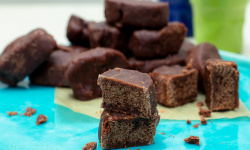
Magenbrot
1 0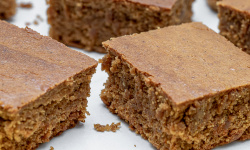
Chickpea and Tahini Blondies
3 5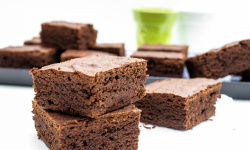
Vegan Fudge Brownies
0 0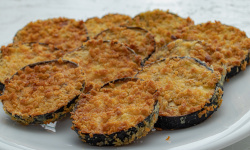
There are no comments